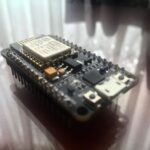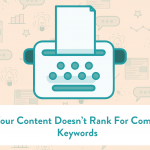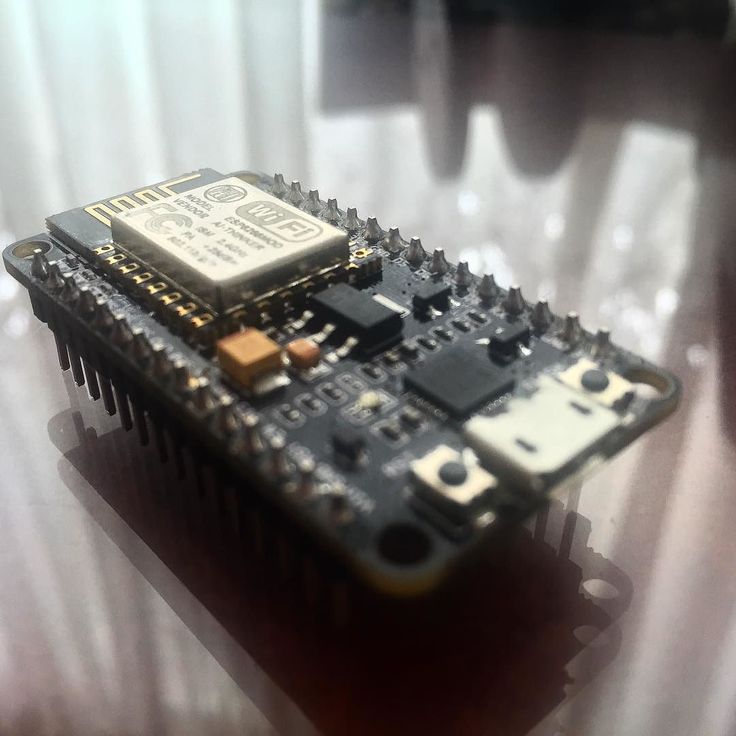You might have heard the term “Artificial Intelligence” from some of the modern science fiction movies. It has become a cliché that these AI in movies works just as smart as a human being. Probably the term AI is lot misunderstood quite often by lot of people. As I was going through some of these trending subject, the terms AI and Automation are often misinterpreted by people. Clearly there is big difference between these two and most of the people reads “Automation” as “AI”.
Around 90 percent of the AI you see in real life is nothing but just automation. You give couple of data as in input, the processor runs it through a predefined algorithm and give an output and the machine just operates depend on the output. This is in plain text Known as Automation.
What’s the Difference?
The integral part of AI is “machine learning”, and that is the one main giant subject. You’ve probably heard the term “machine learning” quite a bit. It refers to training or teaching a system to learn by itself without directly programming or giving specific inputs for them. It’s a particularly hot topic these days when it comes to AI, since machine learning is the best way to create artificial neural networks, which function similar to the human brain.
Imagine a baby learning & understanding words and objects. At least for the particular task for which a machine has purposed to, should be able to pick up the all available related information and then make a judgment or decision. Then you can call it as AI. Of course “Automation” is another part which we cannot disregard when it comes to AI.
Imagine a person, at first he doesn’t food is cold or Hot. But as he goes for it, get the feedback that Hot food doesn’t feel good, it hurts. This information is stored deep into his brain, so that next time he use this information to do cognitive prediction to make the move. If the past experience was pleasant and this time the food is really hot, he will update that particular information as another input. So next time he will be cautious. This action and reaction creates a generic pattern over a period of time and thus he knows coffee is generally hot and juices are generally cold. The patterns remains same for Machine learning also. Taking this has an inspiration scientists have created AI software capable of picking up new knowledge in a far more efficient and sophisticated way. This process is generally called “deep learning” in the industry and its really deep because of the amount of data and processing power used for it.
What can I do with AI?
An example for AI is handwrite recognition, A software was developed by Brenden Lake, a researcher at New York University, together with Ruslan Salakhutdinov, an assistant professor of computer science at the University of Toronto, and Joshua Tenenbaum, a professor in the Department of Brain and Cognitive Sciences at MIT. Details of the program, and the ideas behind it, are published in the journal Science. Computers have become much better over the past few years, face recognition, speech recognition etc. And most of the progress has been made using large, or deep, neural networks. Drawback to these systems are they require Tones & Tones of data to learn how to do even the simplest task.
When it comes to AI for Machines, it will face the similar challenges as the systems which I mentioned above. So it is going to be conflict between the cost and profit and is going to be a managerial decision for most of the industries. So basically AI is not something that can be affordable by small scale industry unless or until a crowdsourcing or resource sharing is possible. Here crowed sourcing the information will be much viable option since the raw data input will be much bigger than compared to a single machines inputs or inputs from cluster of machines.
I won’t be able to go ahead without mentioning a much appreciated crowd sourcing initiative “Common voice” from Mozilla for Voice recognition called Common voice. The idea is Volunteering parties around the world gives samples and pieces of information to the Big system, and then gives and application program interface (API) to the users for their uses. In the end you can develop your system as voice interactive.
Future of AI for Energy Sector.
Coming back to the subject, how can you make use of AI in your machines for large scale energy industries? If you say, fault indication, alarms etc., you don’t need AI for that. Just Automation can cover that.
Machines in general are designed to work in a specific task or like a production line. Optimization in the other sense improved productivity and less utilization of resources. In a power industry where the production is continues process and the quantity of the product in pretty big. Small optimization can bring quite a bit of money back.
The best application of AI comes in the form of prediction and the second best application will be form of optimization.
How Artificial Intelligence (AI) can be used to help interpret the past, optimize the present and predict the future. Having helped build data science and machine learning solutions in both private and public sectors I’m always pleasantly surprised by the multitude of applications and opportunities that AI technology can offer.
There are only three limitations for AI as I mentioned above.
- Processing power
- Large amount of Data
- Prediction Logics & Imagination
AI is having a remarkable role in the prediction of probable downtown of heavy machines like gas turbines and Heavy Boilers. The Physical parameters collected over a period of time from different installation around the world, helps the designers and developers to find potential problems and troubleshooting it before it happens.
AI plays a critical role in the renewable energy platform as well. The renewable energy platform is the next generation trends that all the utility companies are after, and they must have a built in capabilities to use AI technology for renewable energy forecasting, grid balancing and in-depth consumer understanding.
IBM has also worked extensively in global solar energy prediction. Even as early as 2013 IBM’s research division partnered with the Department of Energy in the United States on leveraging machine learning for clean power. IBM has over 200 partners that use their solar and wind forecasting technology. The technology is built by combining dozens of forecasting models and then integrating a multitude of data sources about the weather, the environment, atmospheric conditions and how solar plants and the power grids operate. The predictions range in availability anywhere between every fifteen minutes up to thirty days in advance. IBM’s product manager Hendrik Hamann claims that the self-learning weather model and renewable forecasting technology is 50% more accurate than the next best solar forecasting model.
The production of energy from renewable sources is growing rapidly. With the advancement of technology development harnessing energy from wind, sun, hydro, amongst others it is becoming more popular and economically accessible. Negative effects on the environment from energy sources such as natural gas, oil and coal have further accelerated this shift. However, the biggest challenge with renewables is that energy production is intermittent. The production depends on weather conditions, such as the wind blowing or sun shining. Unlike conventional power, this means such sources cannot necessarily meet surges in demand.
A survey by Kasun S. Pereral and colleagues from the Technical University Dresden and the Masdar Institute of Science and Technology in Abu Dhabi discuss the need for accurate forecasting and its implications on balancing the grid. The creation of a ‘smart grid’ is discussed which touches upon the need to identify renewable energy plant locations, and integration points and sizes. Machine learning has become a tool for strategic planning and policy making for renewable energy.
In 2015, IBM was able to show an improvement of 30% for solar forecasting while working with the U.S. Department of Energy SunShot Initiative. The self-learning weather model and renewable forecasting technology integrated large data-sets of historical data and real-time measurement from local weather stations, sensor networks, satellites, and sky image cameras. The platform is exploring how to address forecasting challenges in wind and hydro-power plants.
To operate fully on renewable energy, more efficiently and keep the fossil reserves at minimum, operation people need to have a tool that give a better idea on what’s going to happen in the next few hours.
Forecasting is just one part. The next part will be understanding the consumer usage. If we can predict it by a higher resolution, the better efficient our systems will be.
Imagine the amount of data that being contributed by each individual consumer power meter. That’s how AI is going to work for us in future.










This is a test comment.